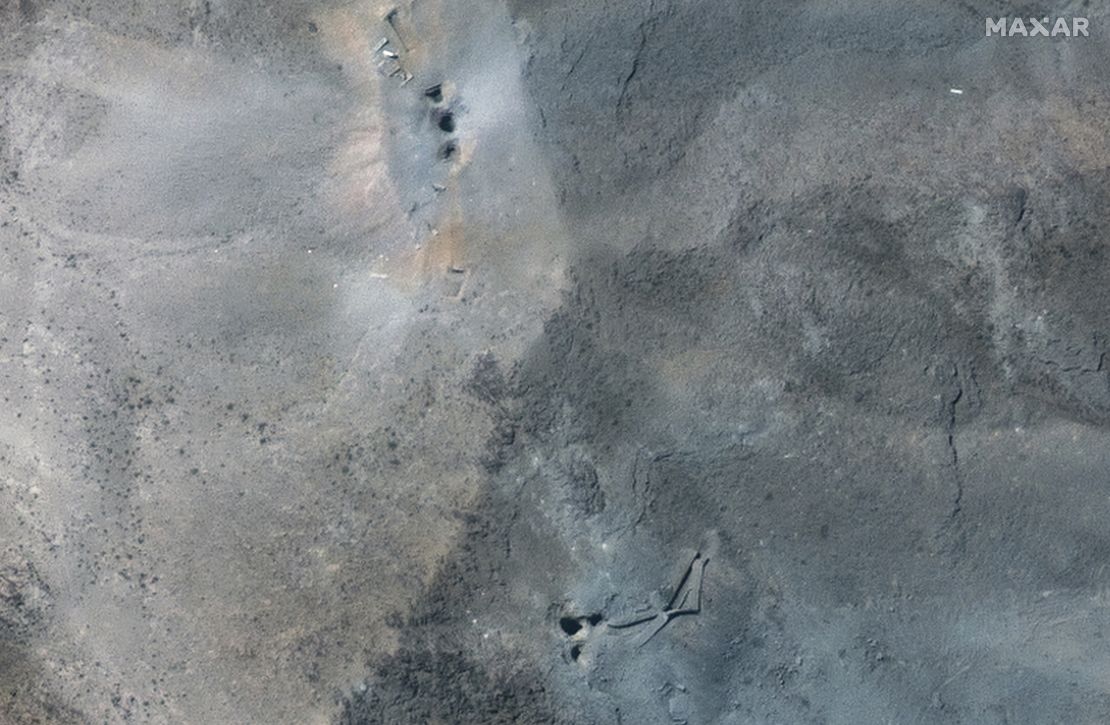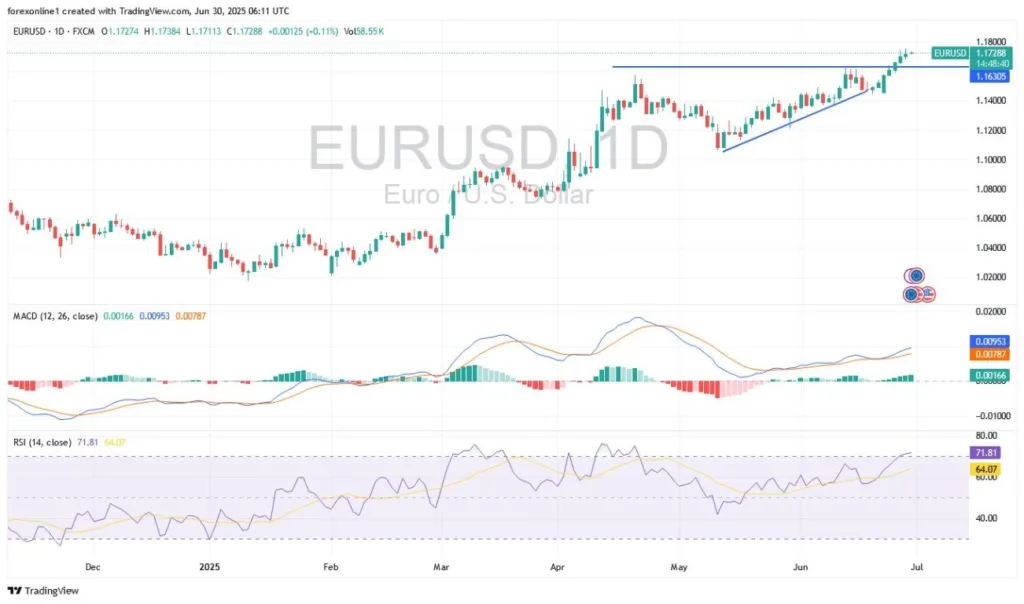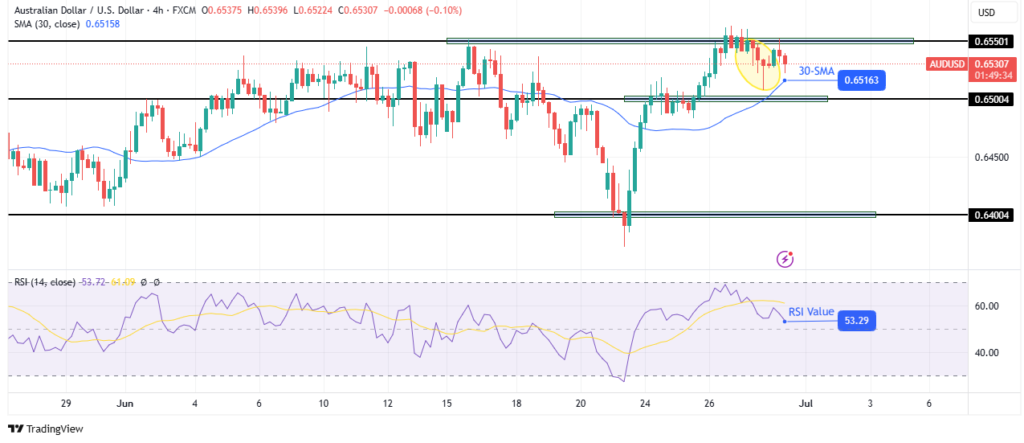CNN
—
After the United States’ overnight strikes on Iran’s secretive nuclear program, the most important question is at least a “known unknown” – that is, what remains of it. The answer could define the region for decades to come, and be the ultimate arbiter of US President Donald Trump’s decision to embark on another conflict in the Middle East.
It is also an answer bedevilled by the elliptical and fickle nature of intelligence. On the one hand, public discussion of nuclear sites at Fordow, Natanz and Isfahan should have left Tehran unwilling to let all of its nuclear secrets reside there. (Iran has said its program is entirely peaceful, although the UN’s nuclear watchdog reported finding uranium particles enriched up to 83% – just short of weapons grade).
If, as Israel maintains, Iran’s nuclear program has a hidden element, then surely that would not be housed in the same places where UN inspectors roam, and in the case of Fordow, over which there has been a public discussion for days of what American bombs might penetrate its deep caverns.
The raw materials needed for a nuclear bomb can be small: 20 kilograms of highly enriched uranium would suffice. The ingredients for several devices would fit into a minivan. This could be hidden anywhere in Iran. The technology needed to create a weapon is fiddlier, and requires human expertise, which Israel has been decimating over both the past 10 days, with strikes targeting key personnel, and also picking off more persistently over the past 10 years.
It is hard to imagine Iran suddenly being able to make this leap while under the intense bombardment of Israel’s air force, now with the open involvement of the US and its vast surveillance machinery too.
But this is an unknown, and Israel cannot have it both ways. If you insist Iran’s program is advanced and secretive, then there is also the risk something is happening that you are unaware of. Could Iran have assembled all the elements it needs, or even an atomic bomb, at another site, and just be waiting? Only time will tell.
The counterargument is also persuasive. Israel has been able to kill Iran’s nuclear scientists and military command as they slept in their homes – specific rooms in apartment blocks hit in the first wave of strikes on June 13. This suggests the wide and impressive penetration of vast parts of Tehran’s command structure and its most guarded secrets. No operation is perfect; it is possible Washington and Tel Aviv combined knew a lot.
It was not just the mountain fortress of Fordow that was struck, either. It is likely, as the dust clears and satellite images provide greater clarity in the battle damage assessment, that we will learn of targets being hit that we did not know about a week ago. For the opponents of Iran’s nuclear ambitions – just about everybody bar a handful of Iranian hardliners – that should provide some comfort.

But it is likely the Saturday night strikes did not take out everything – not every expert, or every piece of fissile material. The struggle will now be to chase what is left – to pursue the survivors and look for opportunities if panicked elements of the nuclear project make mistakes as they scatter or pick through the rubble.
What will remain will likely be the parts of Iran’s program which were unknown, if there are any. Tehran may decide that it would be better to reveal or progress this greatest secret only once the threat of Israeli strikes recedes. Does it make sense to rush it out now, at the height of surveillance and bombardment?
Diplomacy may – as Trump has suggested with his overnight post on Truth Social that “NOW IS THE TIME FOR PEACE!” – now re-emerge. But the face of it has changed entirely compared to a week ago. Iranian officials had hinted to the media it might be willing to give up enrichment during talks in the past week. The demands placed upon it may now center on its ballistic missile program, which US hawks have long demanded be dismantled. That is happening, it seems, at a fast rate already, through its intense use of missiles to target Israel, and as a result of Israeli strikes that claim to have taken out the majority of its launchers.
The fact that Iran’s wish list for negotiations is now significantly altered – as much of what it’s hoped to keep has been destroyed or used – reveals the challenge of this moment to Supreme Leader Ayatollah Ali Khamenei. His skies are owned by a hostile air force, his nuclear program heavily damaged, and his military infrastructure and command shattered, constantly having to adapt and replace to survive. This limits his immediate, favorable options for a response. Flat-out strikes against US bases will simply augur a violent US retaliation, and may, after this much telegraphing, prove ineffective.
Iran has generally turned to asymmetrical responses, to compensate for its smaller budgets and capabilities. We may see this in the capital cities of Europe and in the Strait of Hormuz in the coming days. It needs to both display some sort of deterrent but also de-escalate, in order to survive.
But Iran’s capacity to see the longer-view, and its strategic patience, will work in its favor. There are no real electoral cycles to beset the Ayatollah’s decision-making. The Iranians have time to regroup, and respond when the heat is lower.
The United States, however, has a poor track record of success and application in the region. Last night, it gained the dubious distinction of having bombed a full cartographical sweep of nations from Syria through to Afghanistan in just 20 years. But it failed to dislodge the Assad regime of Syria, and despite years of trying were observers when last year’s sweeping changes removed one of Iran’s main regional proxies. And its longest war, in Afghanistan, ended in stark humiliation. Iraq, too, began with disputed information about weapons of mass destruction, and ended in failure after years of destruction and loss.
Iran is not Iraq and last night was not March 20, 2003, when America’s ill-fated invasion of that country began. There is no ground element to Trump’s ambition in Iran, and its goal was something widely supported by allies, and possibly within reach. But the US’ questionable track record and the hubristic atmosphere around Trump’s overwhelming use of force, should amplify alarm in the region over the unknowns to come.








